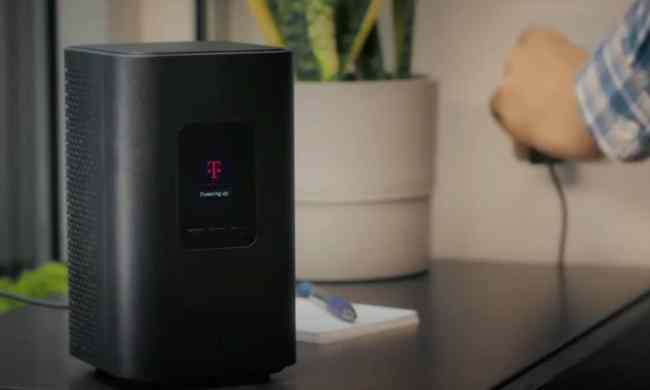
But not anymore. The FCC has unanimously voted to approve a plan for implementing 5G in the U.S. — a plan that includes the designation of large bands of radio frequencies to 5G networks.
“I do believe this is one of the — if not the — most important decision this agency will make this year,” said FCC Chairman Tom Wheeler during the voting proceedings.
Now that the FCC has voted on a plan, it can begin moving to actually implement that plan. Of course, there are a few things that need to happen before we can get 5G in the real world — first of all, as mentioned, the FCC will need to designate bands of radio waves to 5G — bands that the likes of Verizon and AT&T will eventually use. The second thing that needs to happen is in the hands of the carriers themselves — they’ll need to finish developing their technology and start building the infrastructure necessary to make 5G a possibility.
It’s still not known exactly what 5G will do. Verizon has said that it will deliver ‘multi-gigabit per second speeds,’ however the carrier didn’t get more specific than that. Still, multi-gigabit per second speeds are a whole lot faster than the 4G LTE network we have now, which offers speeds at up to around 50Mbps.
It’s important to keep in mind that this new vote doesn’t mean we’ll have 5G tomorrow. It will take at least a few years before 5G is actually out in the real world, with most networks and the FCC itself expecting the rollout of the very first 5G networks around 2020.



